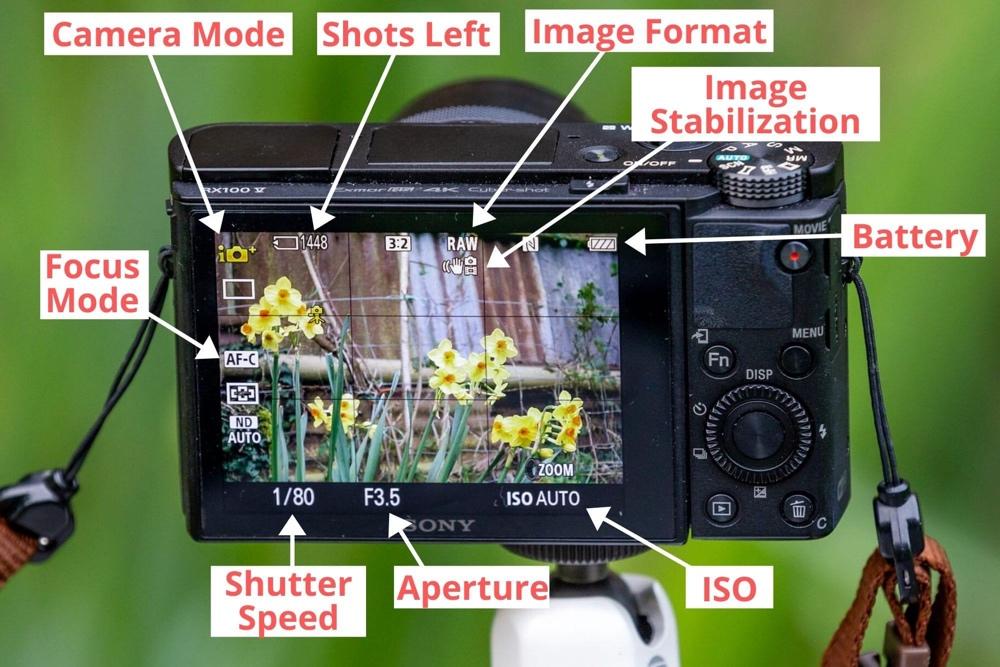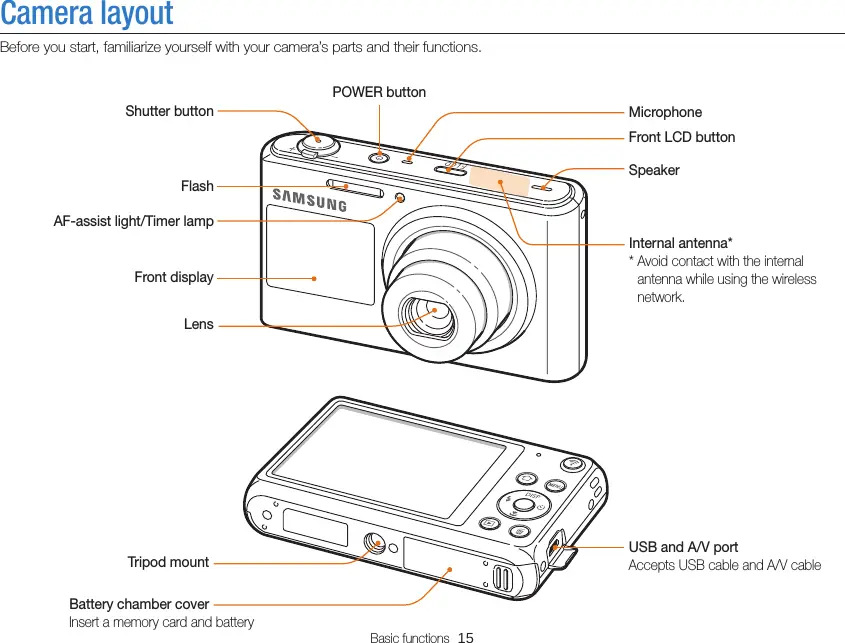Introduction
Technical object description is essential for understanding what an object is, its main features, and its functions. As part of this work, the digital camera has become an object that has recently been gaining increasing popularity in society. Therefore, the choice of this subject for description can contribute to understanding the camera’s main aspects and increase interest in this subject and its benefits.
Object Overview
Elements
A digital camera is a “hardware device that takes photographs and stores the image as data on a memory card” (“Digital camera,” 2021, para. 1). One of the main parts of this technical object is a lens, which consists of high-quality glass and is used for capturing a picture. Another vital part of the camera is the screen on which the image of the photos taken appears, and it shows various settings that need to be adjusted before photographing. In addition, it is necessary to mention such an aspect as a flash, which is responsible for lighting in dark places.
Function
Using a digital camera is quite simple and does not require much effort from users. Hence, its primary function is to take photos of valuable moments, landscapes, or images that the user wants to capture. In addition, its functions include shooting videos of various durations, which also helps people remember essential moments in life. When discussing a digital camera from a technical standpoint, it will focus on aspects such as size, composition, operational principles, functionality, and its connection to other components.
Detailed Description
Lens
As mentioned, the lens is one of the main parts responsible for capturing an image using high-quality glass. This process occurs by capturing light and transferring it to the image sensor (Bonk, 2022). The lens consists of several elements that allow people to achieve incredible realism in photography. The camera image sensor helps convert the light collected by the lens into a full-fledged image.
Display
The liquid crystal display occupies most of the camera and helps to adjust aspects such as exposure, sensitivity of the camera’s sensor, and shutter speed (Fig. 1). In addition, it can access all the photos and videos that were taken with the camera.

Flash
The flash is the part on top of the camera that emits light momentarily (Fig. 2). This happens because the shutter button is pressed, after which the photographed objects are exposed.

The primary function of a digital camera is to capture objects for preservation in digital form. This technological innovation has allowed individuals to store the memory of important or interesting moments with the help of photos and videos. When shooting, cameras often provide various settings and functions to improve focus or color reproduction. In addition, this technological object has several modes; when you configure them, you can also change how the final result of the shooting will look.
Conclusion
In conclusion, the primary use and function of a digital camera is to provide an opportunity to capture objects. This is due to the functioning of such vital parts as the lens, image sensor, display, and flash. The interaction of these digital camera components aims to capture light and convert it into a picture using lens elements, sensors, and technologies included in the camera display.
References
Bonk, L. (2022). What do different digital camera lenses do? Gadget review. Web.
Digital camera. (2021). Computer hope. Web.
How to use a point and shoot camera – A detailed guide to compact camera photography. (n.d.). Finding the universe. Web.
Samsung Galaxy digital camera manual. (n.d.). Ihongtortai. Web.